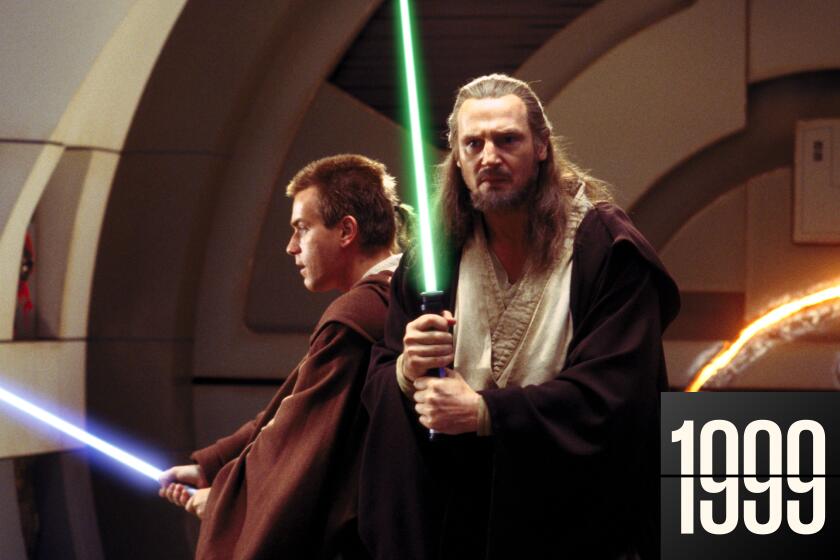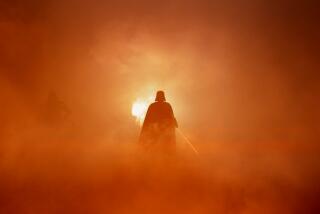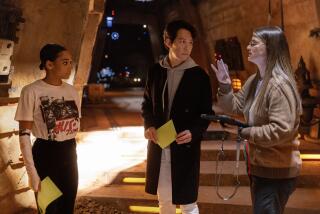‘Acolyte’ stars Amandla Stenberg and Lee Jung-jae on ‘cosmic connection’ between Mae and Sol
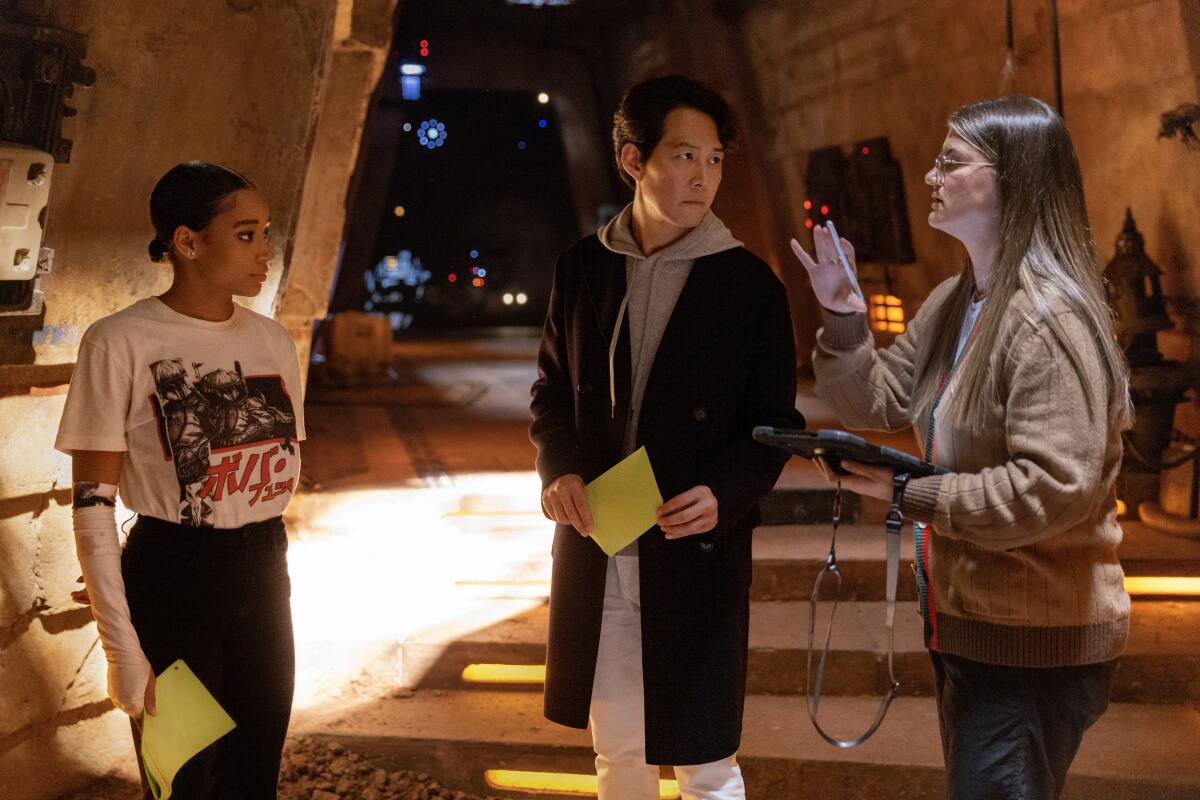
Amandla Stenberg describes herself as “an average enjoyer of ‘Star Wars’” before joining “Star Wars: The Acolyte.”
The actor, known best for her roles in films such as “The Hate U Give” (2018). “Bodies Bodies Bodies” (2022) and “The Hunger Games” (2012), watched and loved the “Star Wars” films when she was younger. But it wasn’t until she was cast in “The Acolyte” that she delved deeper into the franchise’s lore.
“The ‘Star Wars’ universe is almost like a giant hive mind of subconscious and conscious ideas contributed to by so many creators,” said Stenberg. “Now I have a deep appreciation and love for the lore — particularly Anakin Skywalker’s journey from the prequels into the original trilogy — that I didn’t have before and I get really obsessed with my own conspiracy theories.”
While Stenberg used her involvement with the series as an opportunity to expand her “Star Wars” IQ, “The Acolyte,” which premiered Tuesday on Disney+ with two episodes, requires no prior knowledge of the ever-expanding franchise, although an affinity for laser sword-wielding space wizards is a plus.
Created by Leslye Headland, who co-created the Netflix series “Russian Doll,” “The Acolyte” takes place roughly 100 years before the events of 1999’s “Star Wars: Episode I — The Phantom Menace,” during a period known as the High Republic era. A time period mostly explored in “Star Wars” novels and comics, it’s an era of relative peace and prosperity for the Galactic Republic when the Jedi Order was flourishing.
“The Mandalorian,” “Ahsoka” and 25 years of spinoffs show the stealth power of George Lucas’ 1999 prequel, which, for all its controversy, laid the groundwork.
Stenberg plays Osha and Mae Aniseya, twins at the center of an investigation into a series of attacks on Jedi. Helping lead this investigation is Jedi Master Sol, who had trained Osha during her time in the order.
Master Sol marks the first English-speaking role for South Korean actor Lee Jung-jae. The Emmy Award-winning “Squid Game” star couldn’t believe he was being offered the role of a Jedi master and dived into all of the “Star Wars” films and series to study the performances of past Jedi actors.
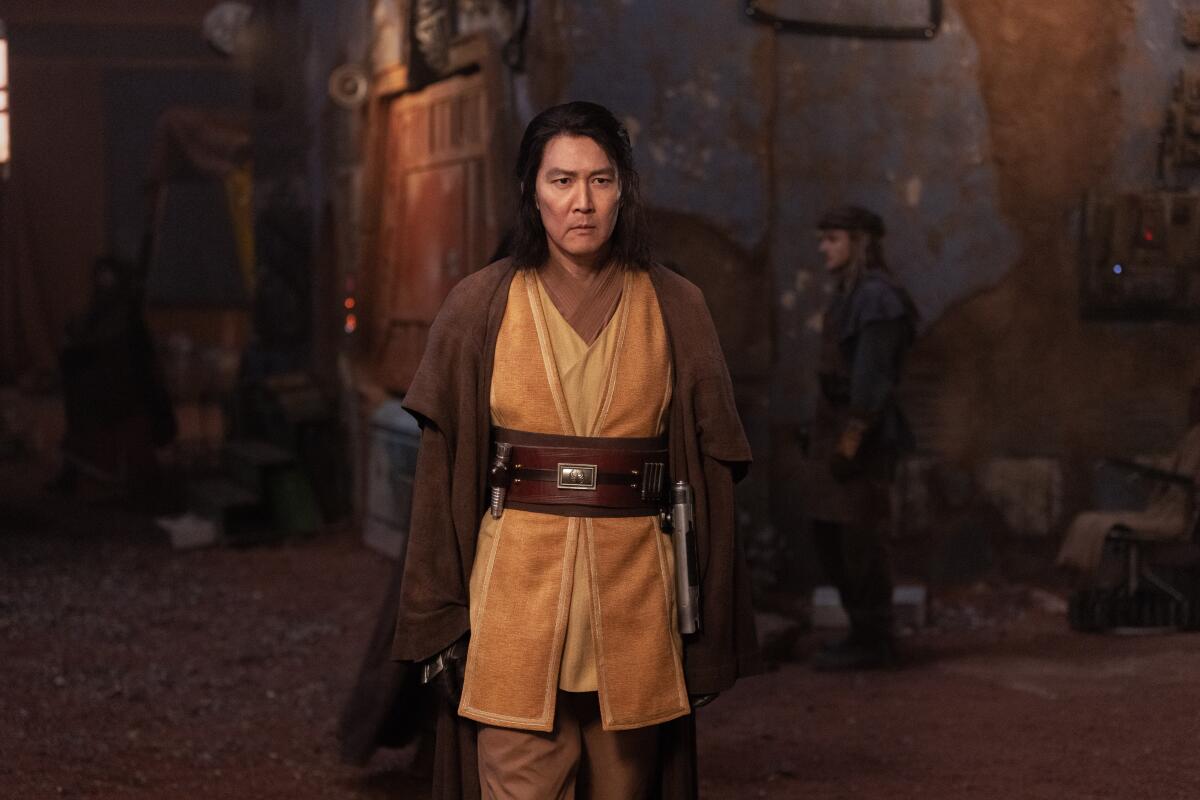
“I wanted to make sure that there was a kind of connective tissue between Master Sol and the Jedi in these other shows,” says Lee through an interpreter. “I really wanted to capture my admiration for these actors in my playing of Master Sol [and] I hoped that I could express myself fully in a unique way through the role.”
Lee, who first watched “Star Wars” as a kid, thinks of Sol and Mae’s relationship as one ordained by fate.
“Meeting a padawan or a student with natural abilities and developing such a special relationship, I think that’s something that’s so precious,” says Lee. “You can see Master Sol really wants to continue this connection with Osha.”
Stenberg similarly sees this “cosmic connection between Sol and Osha.”
“I thought often about how Osha has this innate ability, and yet, can never find the place where she truly belongs, including [among] the Jedi,” says Stenberg. But “regardless of how she doesn’t fit into the world of the Jedi and was unsuccessful there, Sol still maintains so much compassion and belief in her and sees her for what she is.”
The master-apprentice dynamic has been a part of “Star Wars” storytelling since the beginning. Jedi are required to adhere to strict codes restricting they ways they express emotions and form attachments, and both Stenberg and Lee praise Headland for taking a different approach for the bond between Osha and Sol. Stenberg also credits Lee for the way the relationship soars.
“JJ imbued the character with so much warmth and heart in only a way that he could,” says Stenberg. He “brought the relationship out in a way that was so natural and I felt guided by him and wanted to impress him as if he was my master .… I think Sol has this particular quality of warmth now that wasn’t necessarily just on the page.”
“I really wanted Master Sol to have a very humanistic aura to him because people might not necessarily see a Jedi in that way,” adds Lee. “They might see a Jedi as brave, as powerful, but I really wanted Master Sol to be unique [and have] this human element to him [to] help fans empathize with him more.”
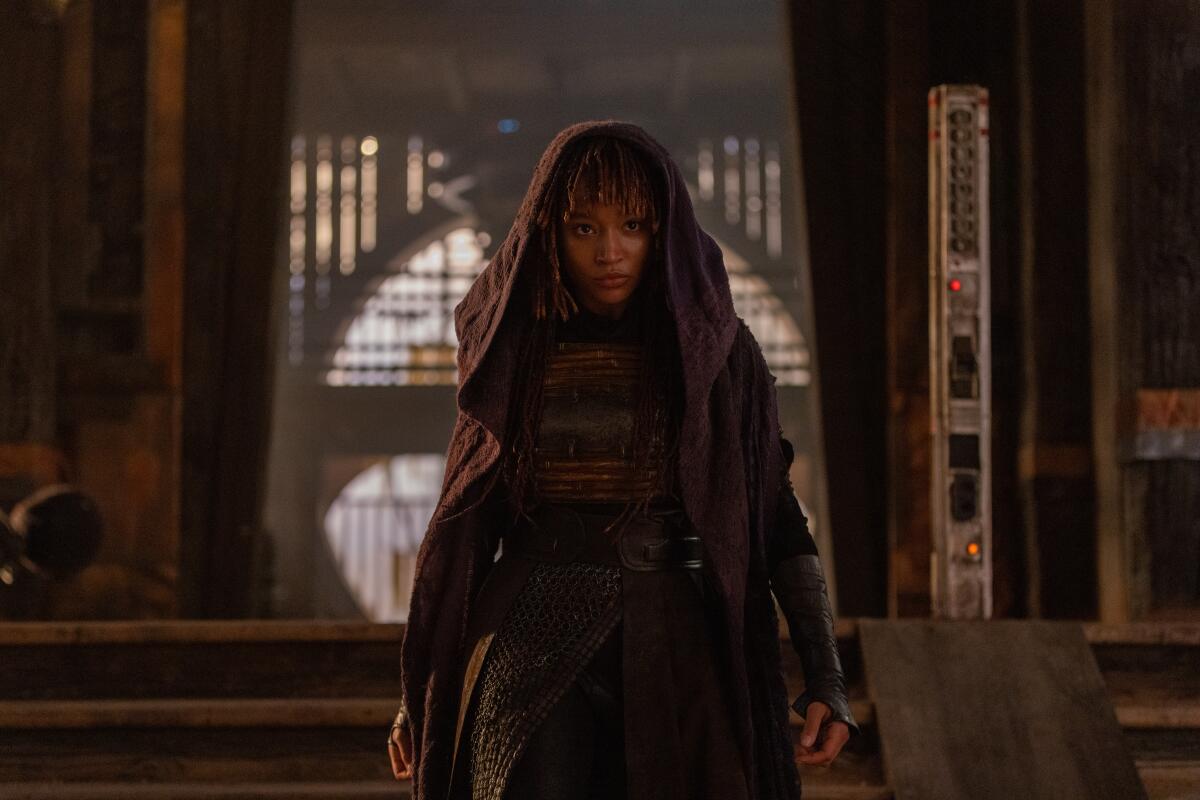
That Stenberg portrays twins in the series was kept under wraps for much of the lead-up to the series premiere (trailers and other marketing materials primarily focused on Mae). But “Star Wars” has always been a franchise built on twins and this family dynamic is another central relationship of the series.
“‘Star Wars’ is such a universe about duality and the conflict of these two oppositional forces and the idea of balance,” says Stenberg. “To be able to imagine the Force manifesting into different people or bodies for me was such an interesting interrogation into the different parts of myself that are always in conflict with each other, or sometimes are in harmony with each other.”
Stenberg, who says that the origin story of the Force is one of her favorite storylines from “Star Wars: The Clone Wars,” has plenty of thoughts about the nature of the metaphysical concept and energy central to the franchise. (She also is aware that it’s a hot topic of debate among the fans.) And “The Acolyte” is poised to interrogate some of these ideas about the light and dark side as well as the role of the Jedi.
“I play a character whose Force use doesn’t actually fall within either binary [of the light side or dark side] because of the planet that she’s from and the community that she was raised in,” says Stenberg. “So it opens up this world creatively for us to explore what that relationship is because there are so many different kinds of Force users across the galaxy.”
Beyond those deeper themes, there is also plenty of action involved — from hand-to-hand combat to weapons — and Lee was particularly impressed with Stenberg’s commitment and tenacity to get things right.
“I think that the work that Amandla did was just so incredible,” says Lee. “She had to do so much practice both for Osha and for Mae. She had so many even little action scenes in between the big action scenes. Just watching her train and pull all of this off, I was clapping to myself, I thought she was doing such a great job. “
Still, it’s the interpersonal dynamics and internal conflicts that Stenberg teases.
“‘Star Wars’ has always been about family drama,” says Stenberg. “That’s what I love about it. It’s like a space opera, western, samurai series, but at the core of it, emotionally and fundamentally, is always this compelling story about love and loss and family.”
More to Read
The complete guide to home viewing
Get Screen Gab for everything about the TV shows and streaming movies everyone’s talking about.
You may occasionally receive promotional content from the Los Angeles Times.
